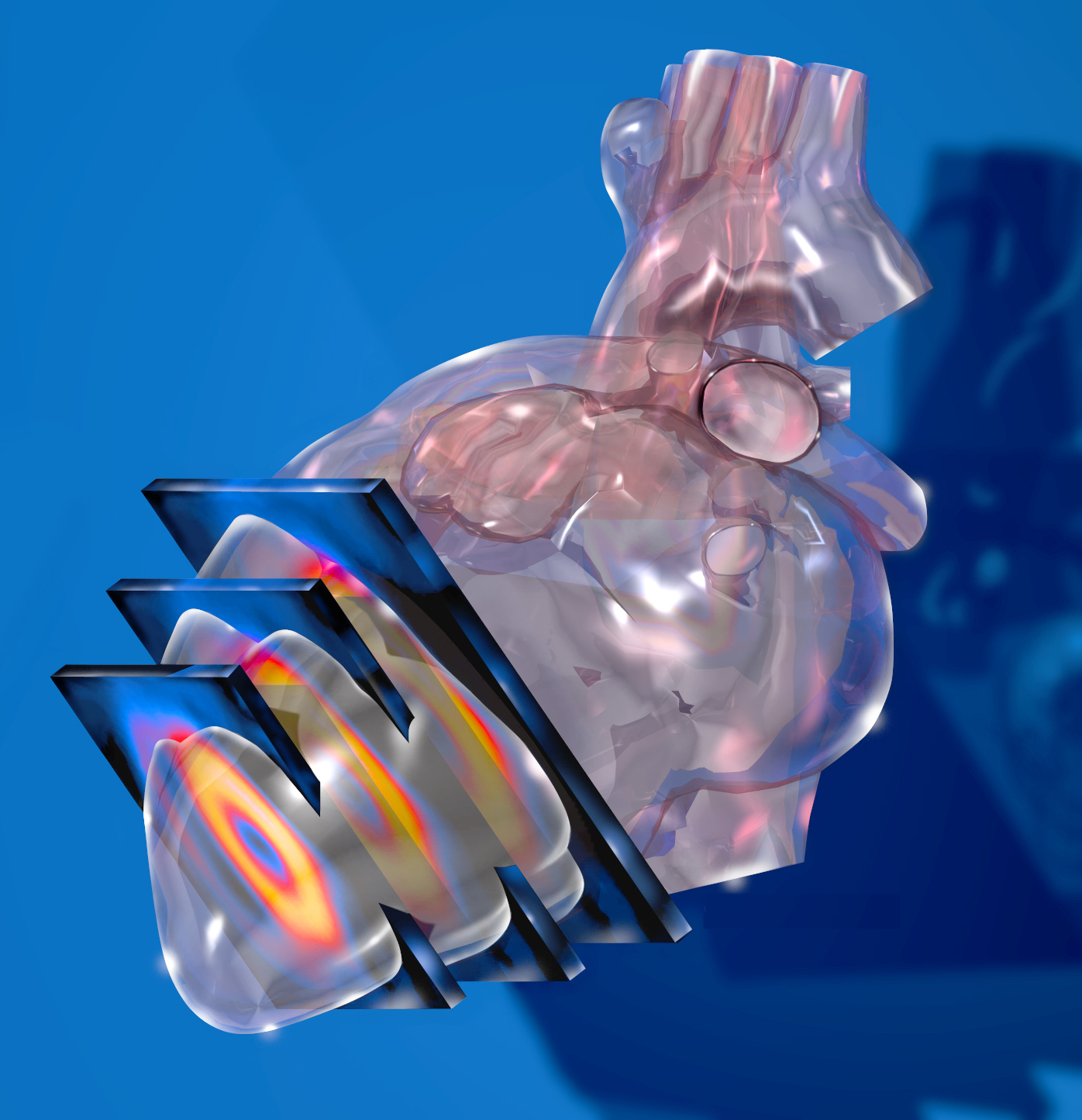Nuclear stress testing helps cardiologists assess blood flow to the heart muscle. This procedure reveals detailed insights into how well the heart pumps blood under stress. Doctors typically use it to identify irregular blood flow or potential heart damage. Here is some information that explains the value of these tests and how they can help you have a healthier heart.
Understanding the Purpose of Nuclear Stress Testing
To assess how well blood reaches your heart muscle at rest and during physical activity, nuclear stress testing is often used. It’s commonly recommended for individuals with symptoms like chest discomfort or shortness of breath, which may indicate heart issues. This test can pinpoint areas of poor blood flow or damage from a past heart attack. Doctors use the results to diagnose coronary artery disease or determine how well current treatments are working.
Exploring the Key Components of the Test
Nuclear stress testing evaluates heart function and detects potential blood flow issues in the heart muscle. Doctors often use it to diagnose coronary artery disease or assess the severity of existing heart conditions. The test has two main stages. In the first stage, doctors assess how the heart functions at rest by capturing detailed images of blood flow and activity using a small amount of radioactive tracer and a specialized camera. This baseline provides a valuable comparison for the next phase of the test.
The second stage measures how the heart responds to stress, typically induced by physical activity like walking or running on a treadmill to raise the heart rate and simulate exertion. For those unable to exercise, doctors administer pharmacologic agents, such as adenosine or dobutamine, to mimic the effects of exercise on the heart. During this phase, technicians capture additional images to compare blood flow during stress with the resting baseline. This comparison reveals areas with reduced blood flow, which may signal blockages or other cardiovascular issues. Stress testing delivers valuable insights, helping doctors create effective treatment plans and recommend lifestyle changes.
Understanding How the Procedure is Performed
Healthcare professionals begin stress testing by gathering baseline information about the heart’s function while the patient is at rest. They then simulate stress by making the heart work harder. If the patient cannot perform physical activity, such as walking on a treadmill, they use medications to mimic the effects of exercise by increasing the heart rate and blood flow.
During the procedure, healthcare professionals inject a small amount of radioactive tracer into the patient’s bloodstream. The tracer travels to the heart and emits signals, which a specialized gamma camera detects to capture detailed images of the heart. They compare the images from the rest and stress phases to assess blood flow in different areas of the heart and identify potential blockages or damage. They closely monitor the patient’s heart rate, blood pressure, and overall well-being to quickly address any discomfort or side effects.
Discover How Nuclear Stress Testing Advances Cardiovascular Care
Stress testing is a valuable tool for evaluating and managing heart health. It measures blood flow to your heart at rest and under stress. This provides important insights into your heart’s performance. If you’re experiencing symptoms like chest pain or shortness of breath, a nuclear stress test can help. It’s also useful for monitoring your overall cardiovascular health. This test gives you a clear view of how your heart functions. With these results, you and your healthcare team can take proactive steps to improve your heart health. It’s a key step toward building a healthier future.

